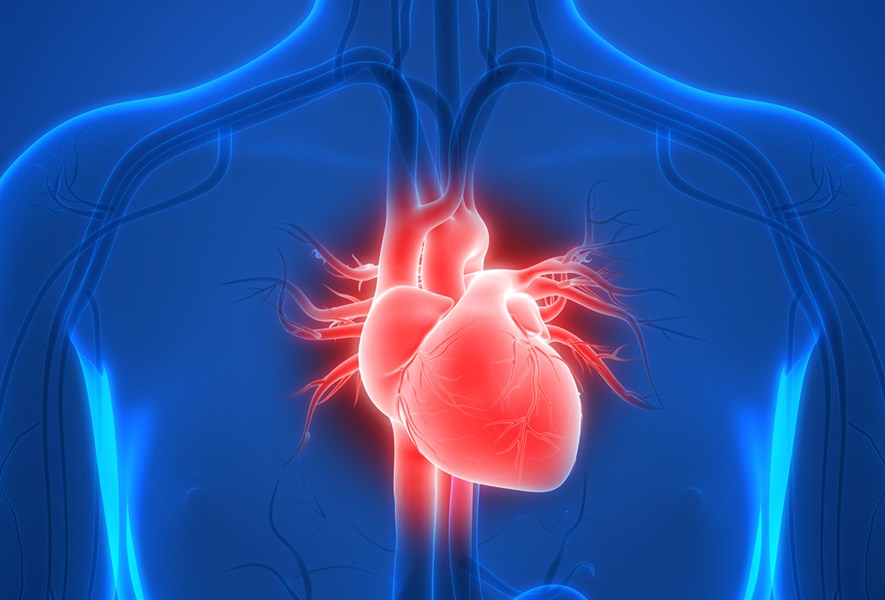
A study published in «Nature» sheds new light on the trabeculae function. Trabeculae are thin cylindrical muscle structures which cover the human heart’s ventricular chambers.
Their function remained unclear until today. It is known that the formation of trabeculae dates to the heart’s embryological development and is believed to be essential for the growth of the foetal heart. As the heart ages, the presence of trabeculae decreases without completely disappearing. Trabeculae constitute a significant percentage (12-17 per cent) of the adult human heart mass. Why?
This answer was researched by an international and multidisciplinary group composed of researchers in cardiology, genetics, biology, bioinformatics and computer science, and Politecnico di Milano "Giulio Natta" Department of Chemistry, Materials and Chemical Engineering biomedical engineering team, led by Prof. Maria Laura Costantino. The study convincingly demonstrates that trabeculae are not simply residual developmental features but are crucial for the cardiac performance of adult hearts, so that a causal relationship between trabecular morphology and risk of cardiovascular disease was found.
The work integrated the development of computational biomechanics models (a Politecnico di Milano specific task) with genomic analysis and fractal analysis of trabecular morphology applied to the treatment of clinical case images, filed in a UK biobank, relating to more than 18,000 individuals.
Understanding the pathways that control the development of such complex biological structures provides a solid basis for exploring new causal mechanisms in common cardiovascular diseases.